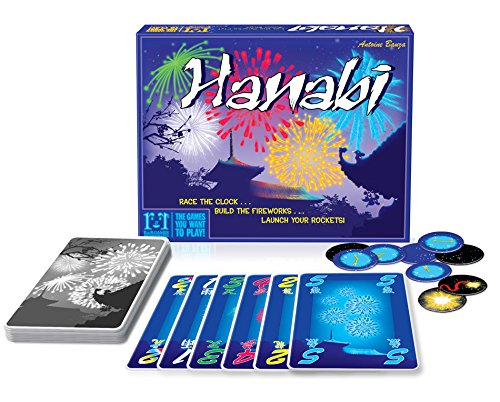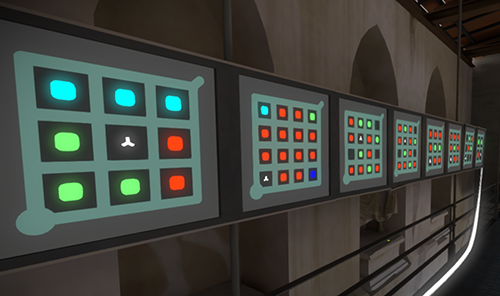Just as we can analyze fiction for its meaning and implication on our lives, we can also analyze board games. In some cases, the analogy is direct, if the board game is heavy on narrative and flavor (“You are investigating strange occurrences in Arkham, closing portals to other realms while the Ancient Ones stir in their slumber”). However, a lot of meaningful content could be extracted from the underlying mechanics and rules. Hanabi is a card game with virtually no narrative at all (it’s about making a fireworks show), and yet it says something deep about the nature of communication.

Hanabi is a cooperative card game, where players, as a team, seek to play cards in the right order. The problem is that players hold their cards backwards, and thus each player can only see other players’ cards, not their own cards. You can’t just tell other players what they are holding, you have to provide them with a limited number of clues, each clue obeying certain constraints. The game is thus all about efficient communication.
Hanabi is easy to carry around and teach to new players, so I’ve played a lot of games with beginners. I will discuss a common beginner’s mistake, and what it says about communication.
[Read more…]

